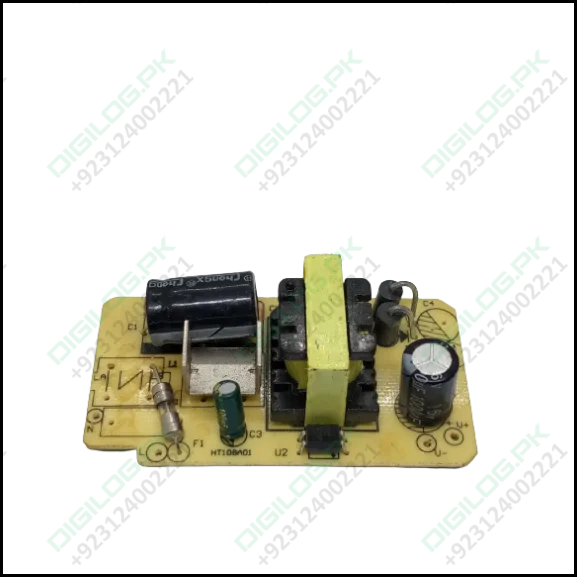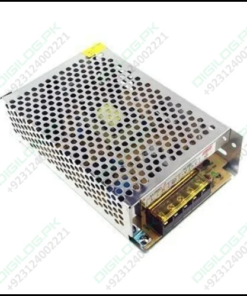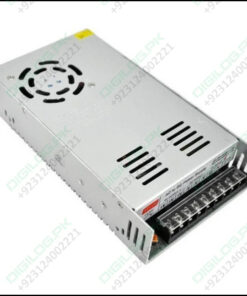-
×
 Irf520 Mosfet Driver Module For Arduino
1 × ₨150
Irf520 Mosfet Driver Module For Arduino
1 × ₨150 -
×
 1 Meter Nema 17 Stepper Motor Wire Cable Reprap Stepping Driver Wiring Dupont 4pin 6pin Wire In Pakistan
1 × ₨200
1 Meter Nema 17 Stepper Motor Wire Cable Reprap Stepping Driver Wiring Dupont 4pin 6pin Wire In Pakistan
1 × ₨200
Subtotal: ₨350




















Reviews
There are no reviews yet.